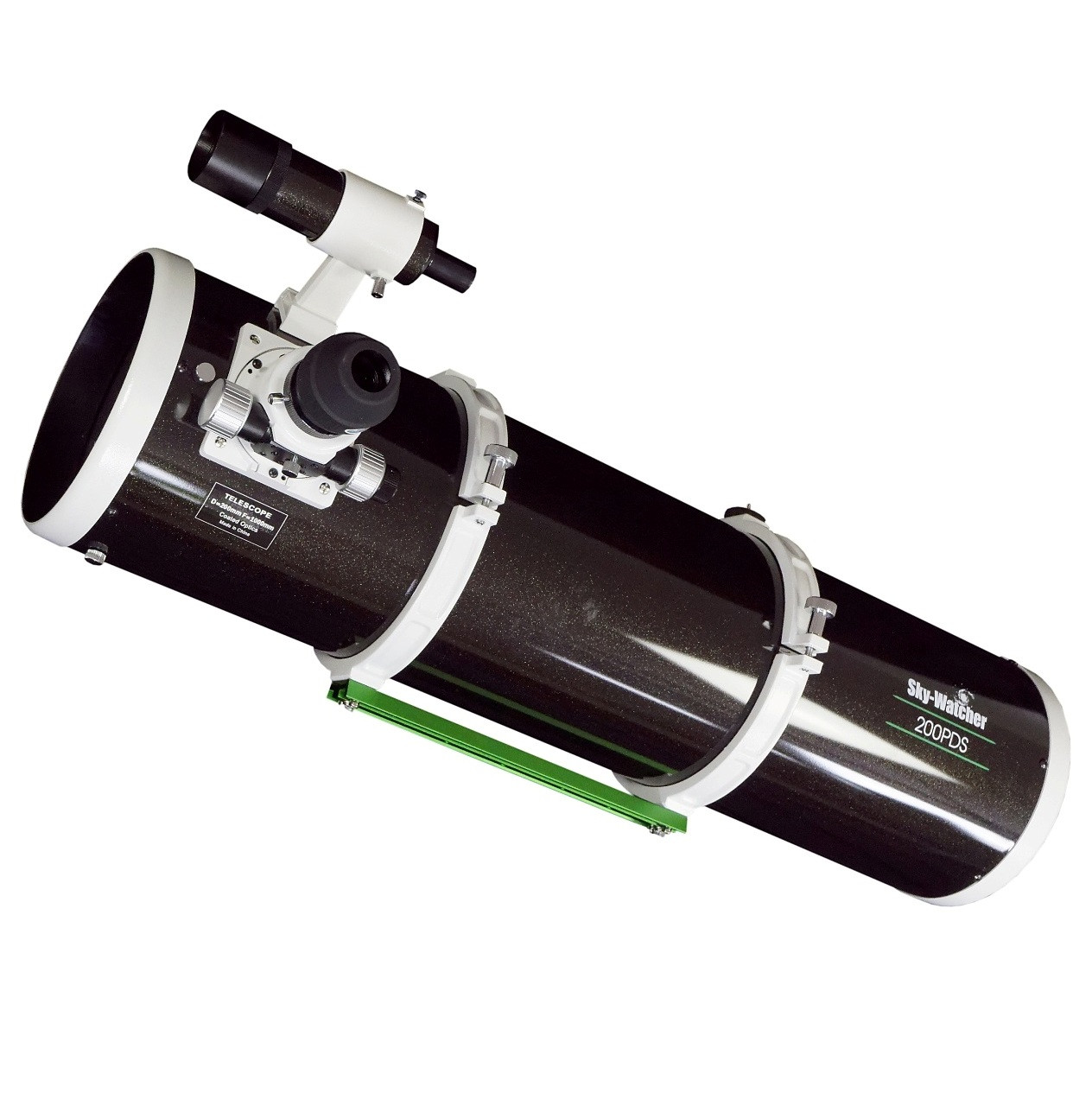

This process is called “collimation” and while it sounds intimidating, anyone can do it with a little bit of practice.Īgain, they both have pros and cons in this area because Newtonians do require collimation every few months, but it is easy to do, while Maksutovs need to be collimated maybe once every couple of years, but they are trickier to collimate. If you have never used a telescope or if you are coming from using a refractor that never or almost never needs maintenance, you might not know that every once in a while the mirrors in the telescope need to be re-aligned or they’ll start showing small optical errors. The following diagrams show how each transmits the light.Īnother important thing to consider is collimation. The light travels back and forth across the tube 3 times thanks to the secondary mirror at the end of the tube. How is that even possible? Well, that’s because the design of Maksutovs is very clever. On the other hand, MAKs pack a longer focal length into a smaller tube and a more compact design. The light only travels through the tube once, which makes the focal length of a newt almost the same as the length of its tube. Newtonians transmit light by using a long tube and reflecting the captured image into a second mirror that sends it to the eyepiece. Differences between Maksutov-Cassegrain and Newtonian/reflector telescopes


To keep things short we will sometimes refer to Maksutov as MAKs and Newtonians as newts. So here are the differences, pros, and cons of each other to help you make a more educated choice. When you compare them to refractors or Dobsonians, they have clear advantages and disadvantages, but when you compare them to each other, things can get confusing. The options can get overwhelming.īut one of the hardest pairs to choose from is when you face Maksutov-Cassegrain vs Newtonian telescopes because they are very similar to each other in many categories. There are so many types to choose from: Refractors, Newtonians, Dobsonians, various types of Cassegrains, etc. One of the decisions that can be harder to weigh when it comes to choosing a new telescope is what type of telescope is best for your particular needs.


 0 kommentar(er)
0 kommentar(er)
